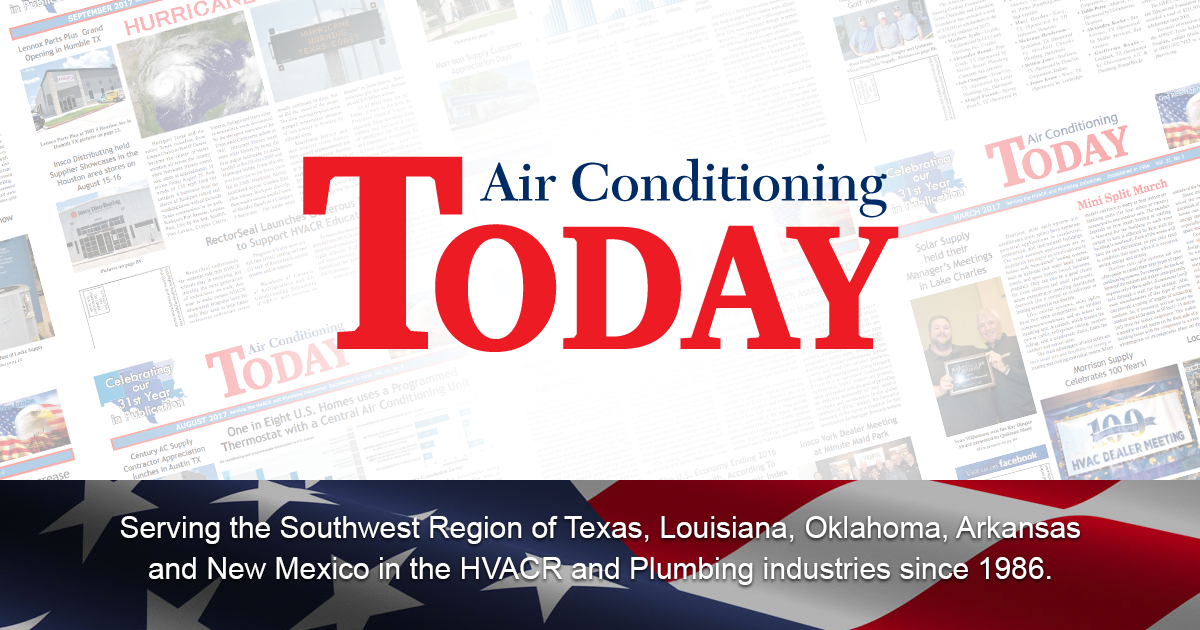VRF Rejected? Not so fast! Sadly, something called the Hydronic Industry Alliance Commercial continues
a misguided and sophomoric campaign to vilify the Variable Refrigerant Flow VRF tide of products which
has been a tsunami to the hydronic manufacturers and their antiquated products.
I want to start by reminding you of my roots in the HVAC industry…I was born in the Bronx and grew up
in northern New Jersey, the epicenter of the hydronic heating North East. I started my career with the
HydroTherm Boiler Company, being mentored by Elwood Weaver, Executive Vice-President, the man I
call my spiritual father and an icon in the boiler industry. Hydronics is in my DNA and it was, and is my
first love as far as my career is concerned.
When my wife and I purchased our home 25 years ago, we essentially gutted the place and my choice of
HVAC systems for the home was an oil-fired boiler (natural gas still not available on the mountain where
we live) with a radiant floor distribution system (slab on the first floor and in the floor joists for the
second floor) with an 80 gallon indirect water heater utilizing both the boiler and two thermal solar
panels as it’s heat source.
When we built my shop on our property back in 2001, I again chose hydronics…
The shop is a 24’ X 28’ prefabricated structure. It has two floors for a total of 1,344 sq/ft. The structure is
very well insulated. Currently, the building is heated by an LP fueled, 90%+ efficient condensing boiler
with radiant floor heat in the slab on the first floor and in the floor joists of the second floor.
Electric usage from 9/26/18 – 3/28/19 was 1,401 KWH at a cost of $376.63
LP usage from 8/8/18 – 3/11/19 was 585 gallons at $4.09 / gallon = $2,392.65
Total utility cost from the winter of 2018 / 2019 was $2,769.28
The current AC system is a 10 SEER Small Duct High Velocity SDHV system.
Electric usage from 5/29/18 – 9/26/18 was 429 KWH for a total cost of $234.90
Spending almost $2,800.00 annually to heat the shop has become excessive and frankly, economically
infeasible. I had considered a geothermal option about 6 years ago but the cost of vertical drilling was
extremely expensive and excavating for trenching was not an option because of the amount of rock on
the property (it’s a mountain remember).
I wish I had calculated at the time, the cost of installation for the hydronic radiant floor system (HEAT)
and the small duct high velocity system (COOLING), but I didn’t. Suffice it to say, there was substantial
equipment cost and though the labor was my own, labor cost based on prevailing wage of the day would
have been significant because both these systems, I think you will agree are very labor intensive.
So, what I have decided to do with the help of my friends at GREE is to install a GREE GMV MINI VRF
system for both heating and cooling in the shop.
The outdoor unit is a GREE GMV-36WL/A-T(U) with two GREE GMV-N18G/A3A-D(U) indoor units.
The GREE GMV MINI VRF system has the greatest potential for utility savings in the heating mode. It will
be very interesting to see how the system performs both in comfort and cost in the northeast.
You can follow me on LinkedIn and see the progress of the installation over the next 6 weeks. I’m
documenting the entire install in PPT and video format for future training purposes so I’m taking my
time.
Variable Refrigerant Flow represents the best of what HVAC has to offer in 2019.
Lower equipment cost
Less installation labor
More efficient operation. ..at least in the example of my shop.
Hydronics Rejected…NO! I would never be that ignorant and petty, but clearly the times they are a
changin’ and the hydronic manufacturers are feeling the heat (pun intended). Instead of putting their
time and resources into silly, bush-league ad campaigns, they should concentrate on bringing hydronics
up to the new standards of 2019 and beyond.
ABOUT THE AUTHOR: Gerry Wagner is the Vice President of HVAC Technical Training for Tradewinds
Climate Systems. He has 38 years in the HVACR industry working in manufacturing, contracting and now
training. You can contact Gerry by email: gwagner@twclimate.com and also please visit our website:
www.twclimate.com


